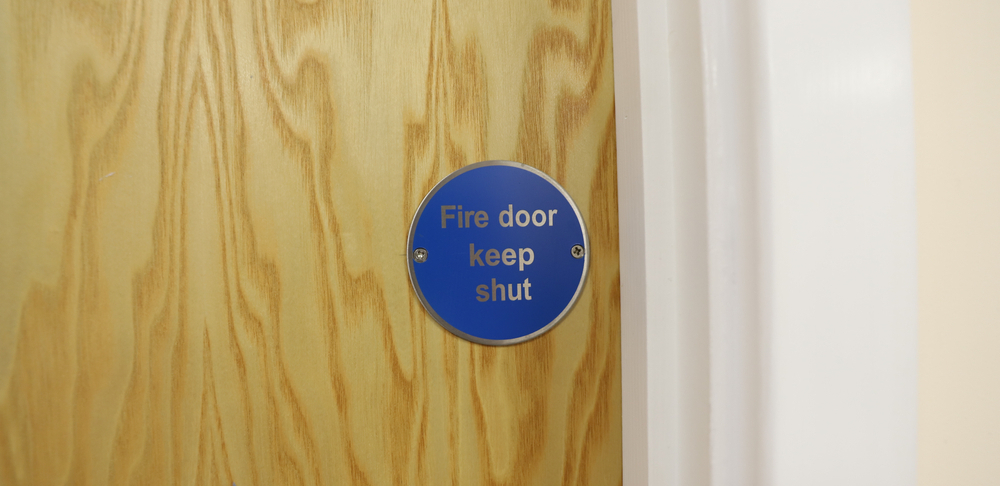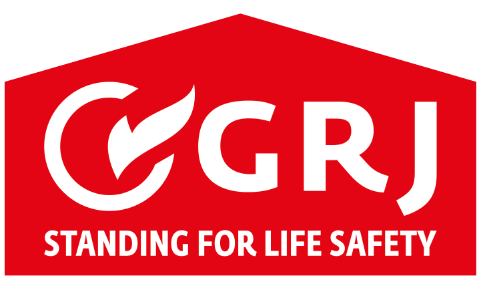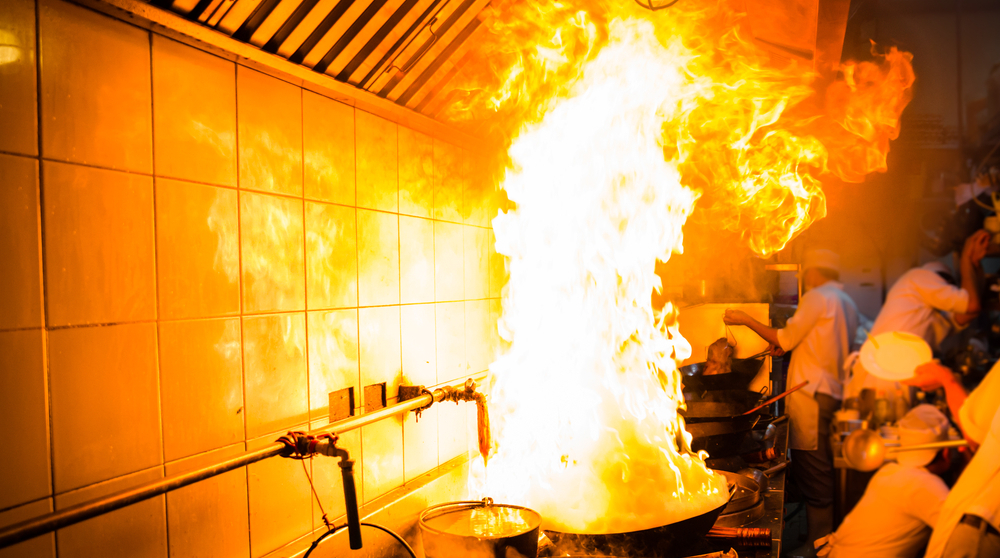What are the Types of Fire?
Posted on 19th April 2023
If you want to ensure your building and its occupants are protected in an emergency, it’s important to understand what the types of fire are.
There is a big difference in how you would stop a kitchen fire that’s caused by burning oil or fats and one that’s caused by general combustables. Knowing which types of fire your building is at risk of and what measures you should take to minimise the danger at your premises, is essential.
So what are the types of fire and how should you protect your building? Continue reading to find out!
What are the Different Types of Fire?
Generally speaking the types of fire are divided into six classifications depending on their origin. The different classes of fire are:
Class A – Combustible Materials
Class B – Flammable Liquids
Class C – Flammable Gases
Class D – Burning Metals
Class E – Electrical Fires
Class F – Cooking Oils and Fats
To be compliant with The Regulatory Reform (Fire Safety) Order 2005 building managers are required to supply adequate fire safety equipment for the identified risks on the premises. For instance, in a commercial kitchen you would need to keep a fire extinguisher that is suitable for a Class F fire.
Some sites are at greater risk of certain types of fire than others. Not to mention that different classes of fire require different fire stopping methods and extinguishers. This is why conducting regular fire risk assessments is essential as it will allow you to identify which classes of fire you’re most at risk of and take adequate measures to protect your building.
Class A - Combustible Materials
One of the most common types of fire is Class A. Generally speaking this class of fires is caused by an open flame coming into contact with combustible materials.
Due to how widespread the use of combustible materials is, almost all buildings are at risk of Class A fires. This includes any buildings where paper, cardboard or wood are used and stored, such as offices, hospitals, schools, warehouses, shops and more.
Class B - Flammable Liquids
Class B fires are caused by flammable liquids such as petrol that are exposed to a source of flame. If not stored safely, this type of liquids are extremely volatile and it’s not uncommon for this type of fire to combust pretty quickly.
The most common type of buildings that are at risk of Class B fire are garages, construction sites, hospitals, bars, garages and other premises where flammable liquids are stored.
Class C - Flammable Gases
Fires that involve flammable gases, e.g. propane and butane, are commonly classified as Class C. To prevent this class of fire, any flammable gases on-site should be stored correctly in the right containers and only operated by trained personnel.
Premises that are at highest risk of a Class C fire include warehouses, chemical plants or other buildings that store large quantities of flammable gases.
Class D - Burning Metals
Fires involving the ignition of combustible metals such as lithium, magnesium or sodium are considered Class D. This type of fire is more likely to occur in specialised facilities such as warehouses, laboratories or workshops that deal with metals.
Class E - Electrical Fires
Electrical fires, also referred to as Class E, pose a risk to any property that uses electricity or electrical equipment.
They most commonly occur due to faulty equipment that has been left plugged in. It’s important to remember that electrical fires should only be extinguished using a powder or CO2 fire extinguisher. Liquid extinguishers are conductors and will spread the live current across a greater area if used on an electrical fire, putting the life of people on the premises at risk.
Class F - Cooking Oils and Fats
Fires of this classification are the biggest risk for kitchens and restaurants. Class F fires shouldn’t come into contact with water-based extinguishers as this can make them combust and worsen the situation.
All commercial kitchens should be equipped with appropriate fire safety equipment. This includes fire doors to control the spread of flames and smoke.

How to Stop Fire from Spreading?
Stopping the fire from spreading through your building in the first place is just as essential as extinguishing an occurred fire. Fire compartmentation is needed to contain a fire to the area it occurred in and plays an important role in making your building fire safety compliant.
Installing sufficient fire safety materials such as intumescent coatings, fire boards and fire doors is the key to efficient fire compartmentation. Another important part of it is surveying your existing compartmentation, fire doors and other passive fire protection to ensure that they are functional and up to standard. It’s highly recommended to have a fire compartmentation survey carried out once a year.
Keep Your Building Protected with GRJ Surveying
If you want to know whether your building’s passive fire protection is up to the required standards, GRJ Surveying can help. Our team of trained and experienced fire safety engineers will conduct a full inspection of your existing passive fire protection and deliver a comprehensive report.
Should any remedial work be required, we can also advise on the best course of action and offer a solution. With teams all over the country, we can offer our services no matter where you are. Get in touch today!
REQUEST A QUOTE
For more information about our services, please fill in the form below and a member of our team will be in touch.
Share this post:















